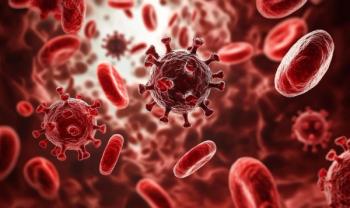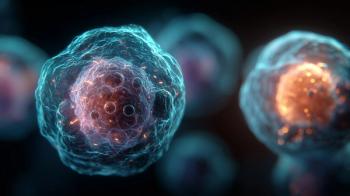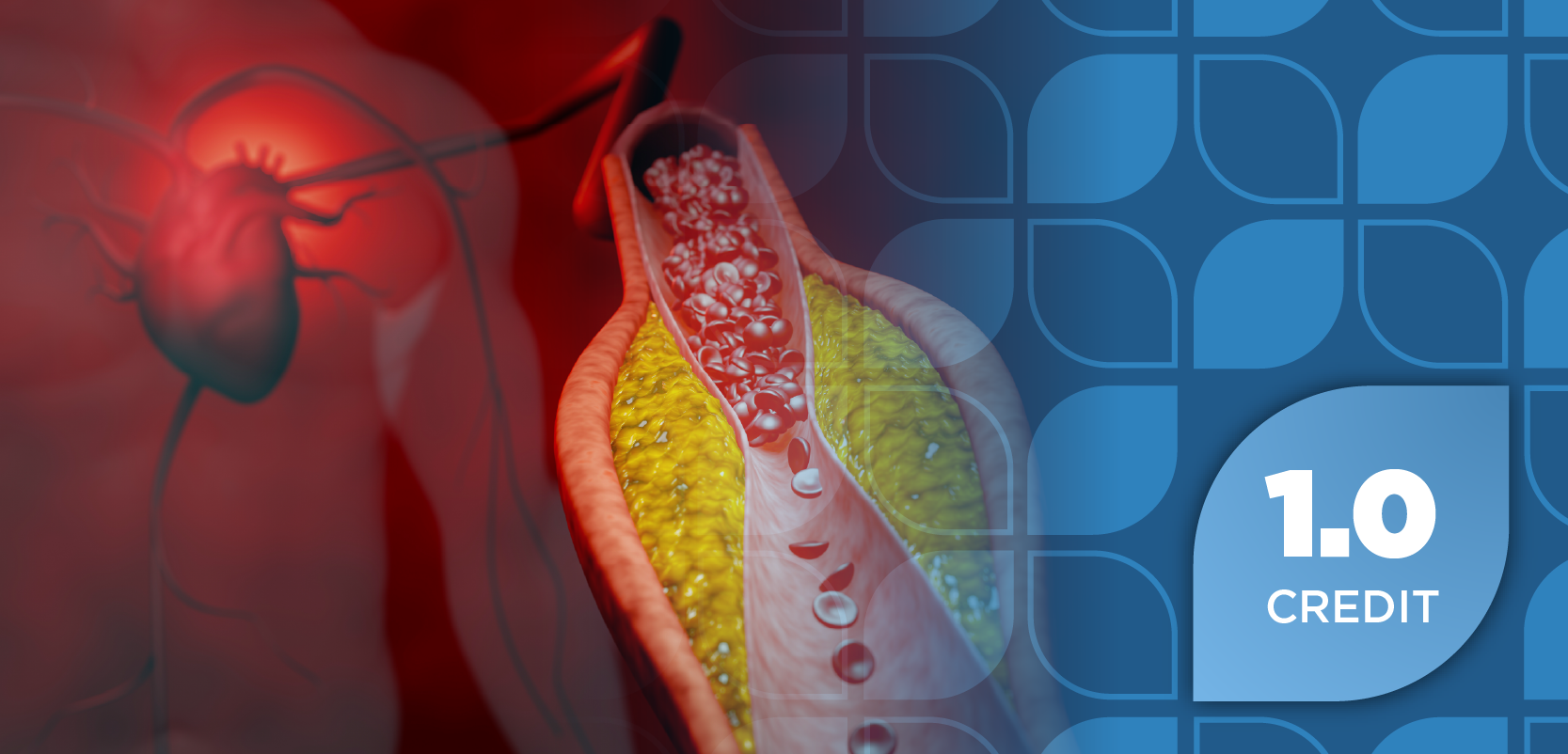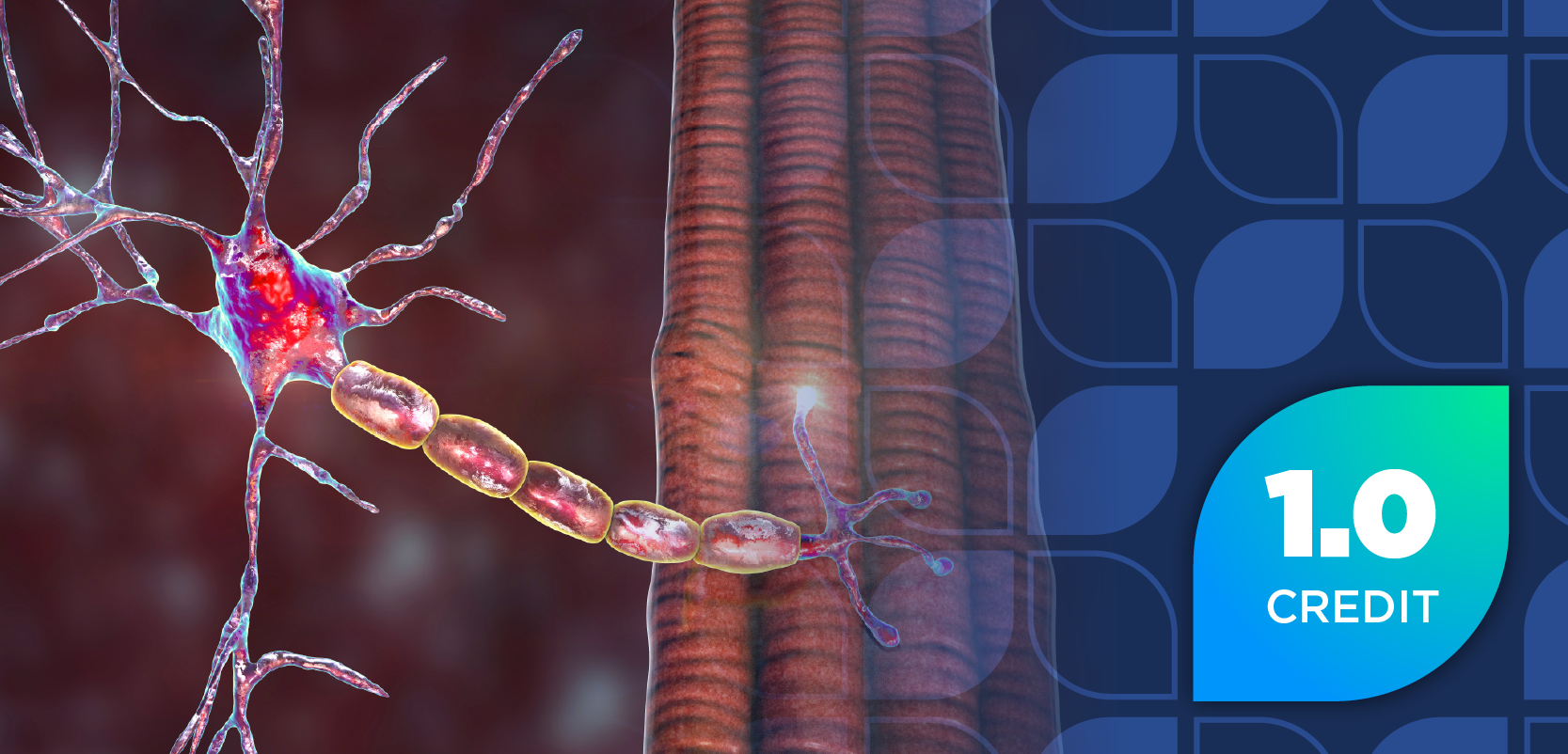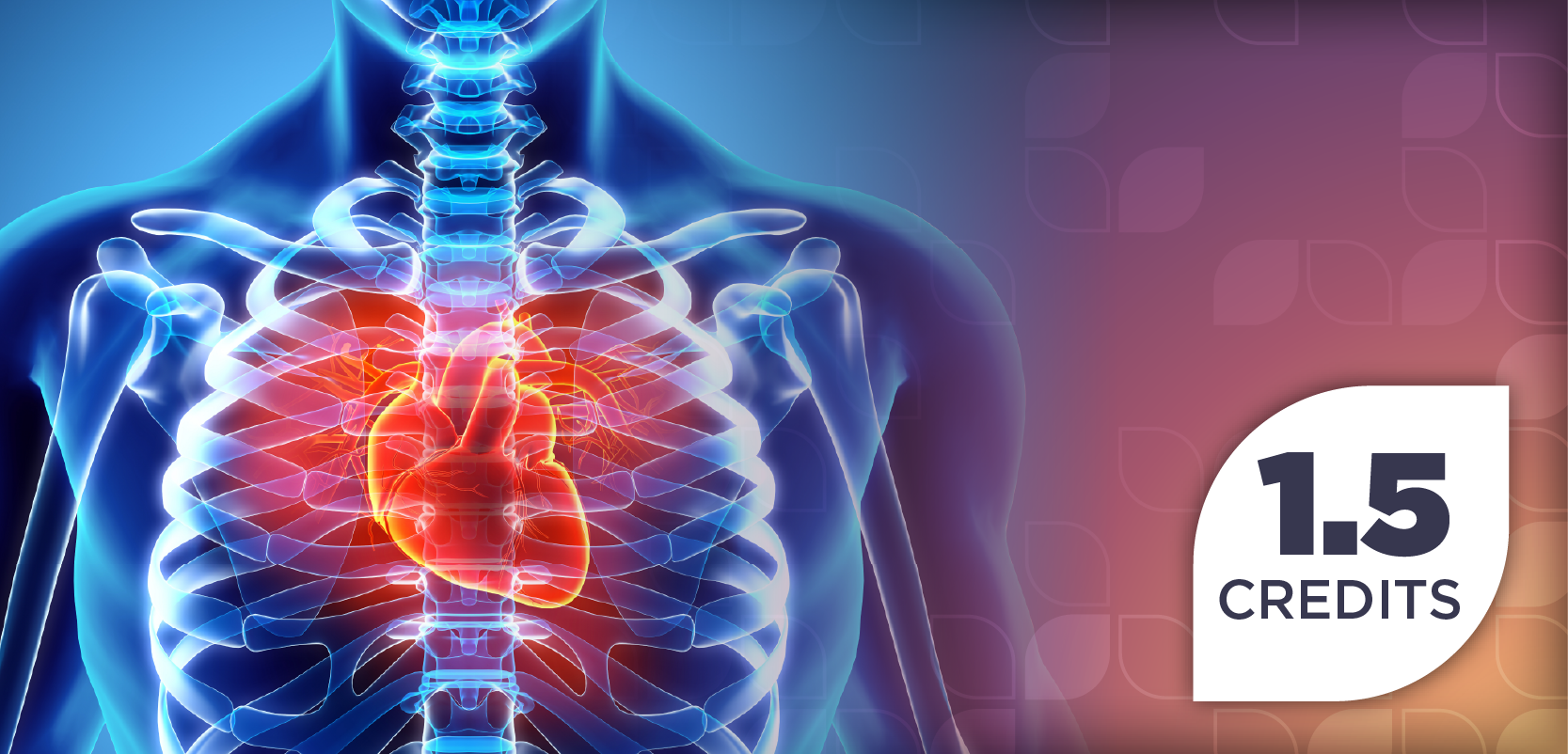
New Target for Antiobesity, Antidiabetic Drugs Discovered
Inhibiting a specific protein can increase fat breakdown and prevent insulin resistance.
Scientists recently discovered a promising target for creating new anti-obesity and anti-diabetes treatments.
They identified a protein that promotes fat accumulation by reducing the breakdown and expenditure of fat, which encourages weight gain, according to a study published in The Journal of Clinical Investigation.
Current anti-obesity treatments come with side effects, and the results are usually only temporary. Numerous patients also do not respond to these treatments, leaving them with little options.
Other
Besides health effects, multiple barriers exist in accessing these medications, such as the lack of reimbursement for providers, limited time to discuss the option during office visits, lack of training, and competing demands. Findings from this new research may provide an optimal treatment that will target insulin resistance, which is a characteristic of obesity.
“We found that the protein IP6K1 is a viable target in obesity and type 2 diabetes,” said lead researcher Anutosh Chakraborty. “We also discovered that an inhibitor of the protein known as TNP decelerates what is known as diet-induced obesity and insulin resistance.”
Increasing energy expenditure has become a topic of interest for scientists trying to create a new way to fight diabetes and obesity. However, the mechanisms behind the body’s energy balance is complex.
These scientists point to inhibiting IP6K1 as a potential target to combat these diseases. Depleting IP6K1 in fat cells was associated with increased energy expenditure, and was found to protect animal models from diet-induced obesity and insulin resistance, according to the study.
Lipolysis is a process that breaks down stored fat into free fatty acids and glycerol. After lipolysis is completed, the broken-down fat cells can be used as energy in cells.
Inhibiting IP6K1 affects the interaction with another protein, and results in increased breakdown of fats, according to the study. The scientists then determined the impact of TNP (N2-(m-Trifluorobenzyl), N6-(p-nitrobenzyl) purine), an IP6K1 inhibitor, on obesity.
They discovered that TNP was able to significantly slow down the onset of diet-induced obesity and insulin resistance.
“In addition, the compound facilitates weight loss and improves metabolic parameters when used in animals that are already obese,” Dr Chakraborty concluded.
Newsletter
Stay informed on drug updates, treatment guidelines, and pharmacy practice trends—subscribe to Pharmacy Times for weekly clinical insights.


